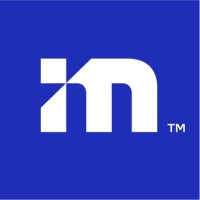
Mobileye
Mobileye is leading the mobility revolution with its autonomous-driving and driver-assist technologies, harnessing world-renowned expertise in computer vision, machine learning, mapping, and data analysis. Our technology enables self-driving vehicles and mobility solutions, powers industry-leading advanced driver-assistance systems, and delivers valuable intelligence to optimize mobility infrastructure. Mobileye pioneered such groundbreaking technologies as True Redundancy™ sensing, REM™ crowdsourced mapping, and Responsibility Sensitive Safety (RSS) technologies that are driving the ADAS and AV fields towards the future of mobility.






